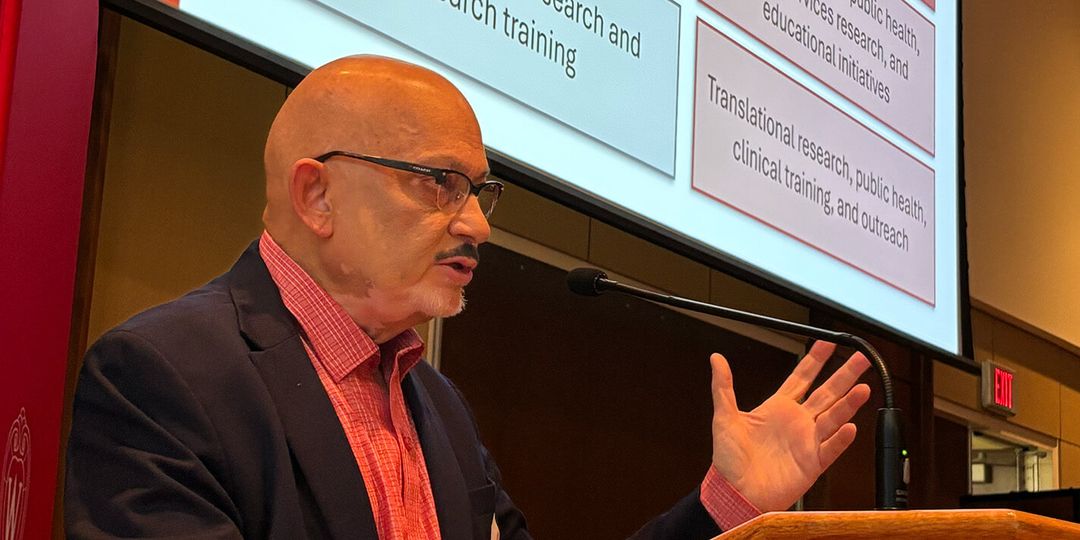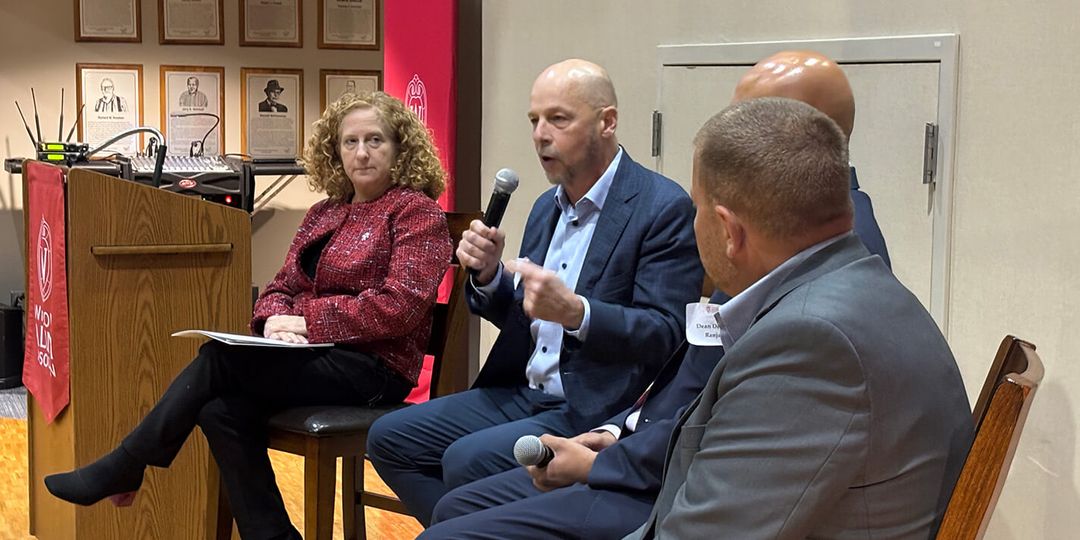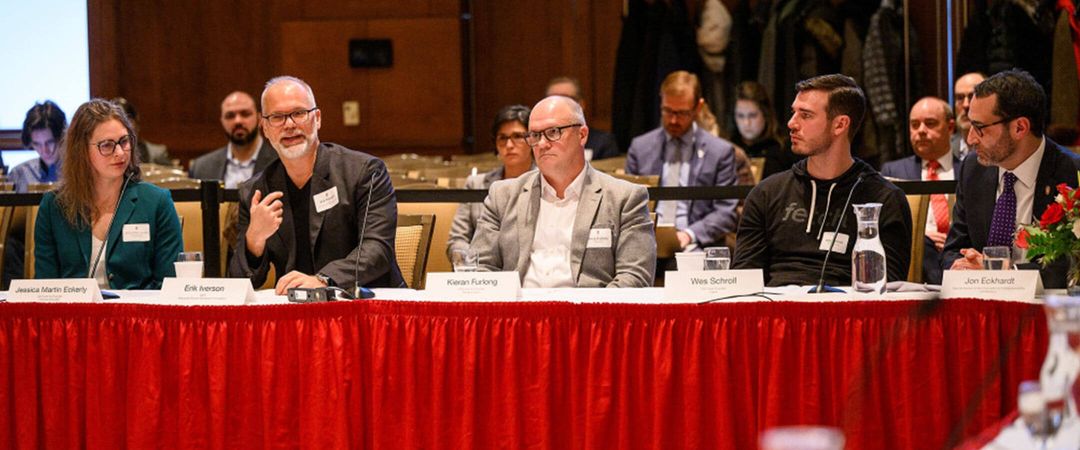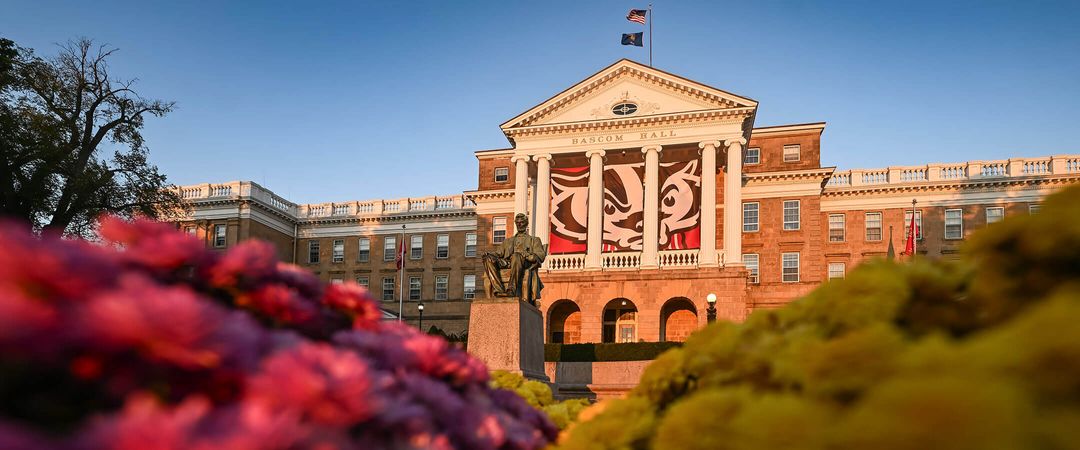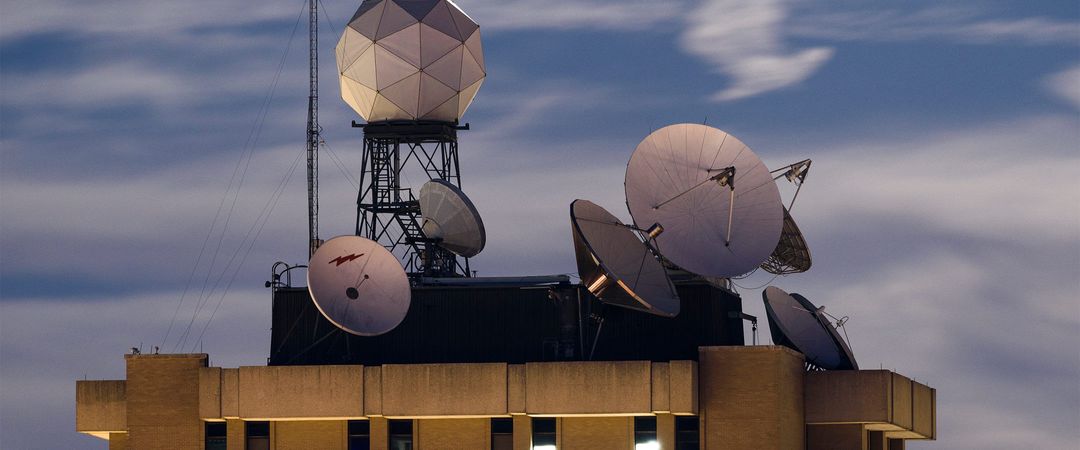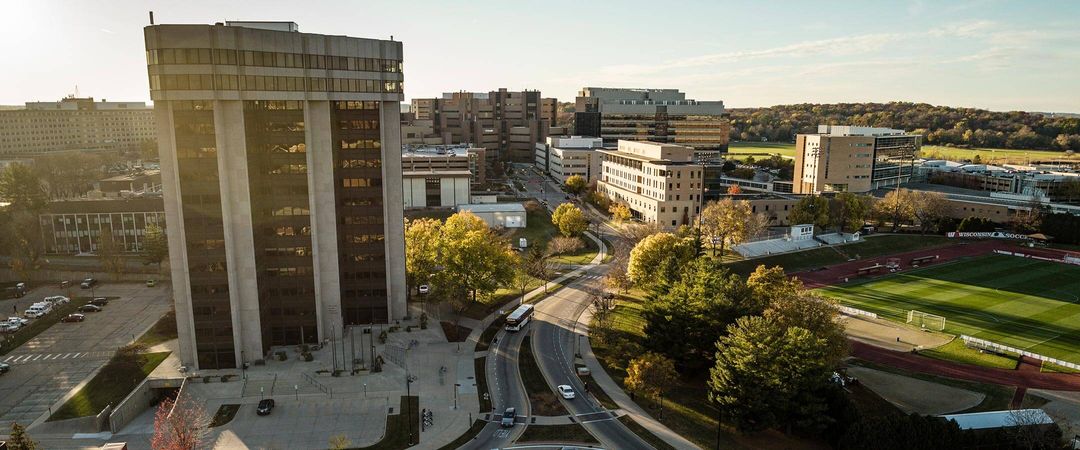When the next pandemic hits or a long-standing disease mutates, the world may be less prepared to face it, not because scientists aren’t working on solutions but because the federal funding that keeps their labs running is being cut.
At UW–Madison, researchers typically fund their labs through a mix of government grants, nonprofit or private support, and internal university funding. In 2024, UW–Madison spent $1.7 billion on research expenditures, nearly half of which came from federal awards from agencies like the National Science Foundation (NSF) and the National Institutes of Health (NIH).
Research budgets consist of two types of costs. Direct costs are expenses that can be tied to a specific project, like salaries, lab supplies, and equipment. Indirect costs, often called “overhead,” include essential but less attributable expenses such as utilities, infrastructure, shared equipment, and administrative support. UW–Madison’s legal filings note that these costs also support federal regulatory compliance, national security interests, research safety, and the integrity of taxpayer-funded research.
Funding for indirect costs is critical to keeping labs safe, compliant, and functional. But this funding is under threat. In February 2025, an executive order attempted to cap the NIH’s funding of indirect costs at 15 percent — a sharp decrease from the historical average of 27 percent. UW–Madison is actively fighting the NIH’s proposed reduction in court, as the cuts would eliminate $65 million in annual funding for the UW, jeopardizing jobs, halting life-saving research, and disrupting private sector partnerships.
The impact is not theoretical. Federal funding cuts are already putting many researchers’ projects on hold and threatening necessary scientific advancement. Across campus, researchers working on curing blindness, increasing public trust in science, and developing life-saving treatments are facing delays, hiring freezes, and stop-work orders because of funding uncertainty.
Indirect funding is essential to the success of important projects like these. Since 2020, UW biochemistry professor Robert Kirchdoerfer ’06 has received more than $2.1 million in NIH funding for five projects focused on coronaviruses. His lab studies how these viruses work and how to develop drugs to protect against them. Lingjun Li, a professor at the School of Pharmacy and Department of Chemistry, has received more than $4.1 million in NIH funding for four projects developing cutting-edge molecular imaging tools to identify and map early signs of Alzheimer’s disease. If the 15 percent cap had been in place, Kirchdoerfer and Li’s projects would have lost crucial support— potentially halting progress entirely.
Without sustained investment in both direct and indirect costs, the breakthroughs that protect public health, drive innovation, and prepare us for the future may never reach the people who need them most.


